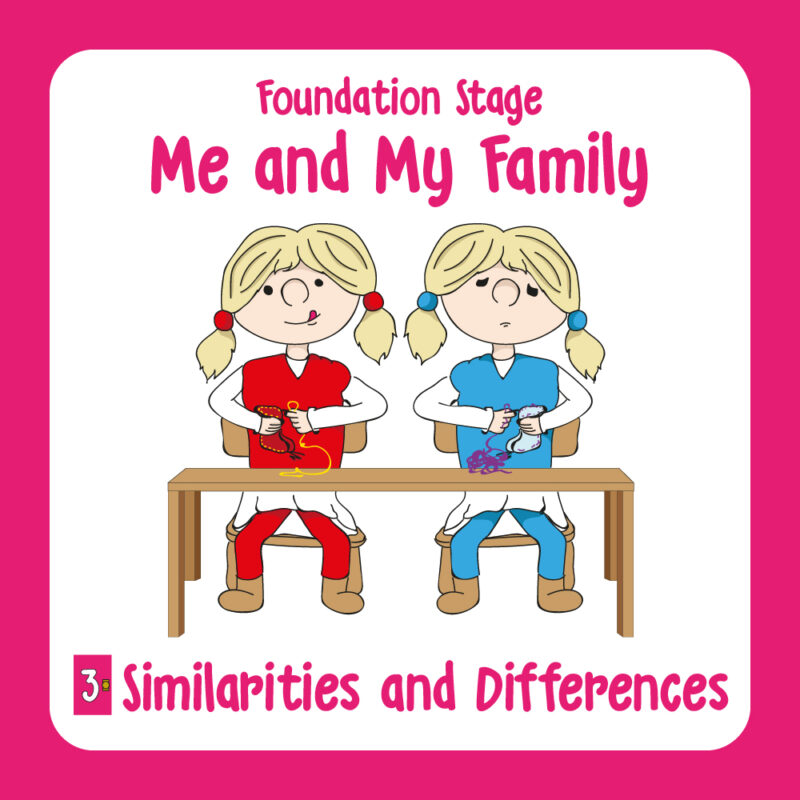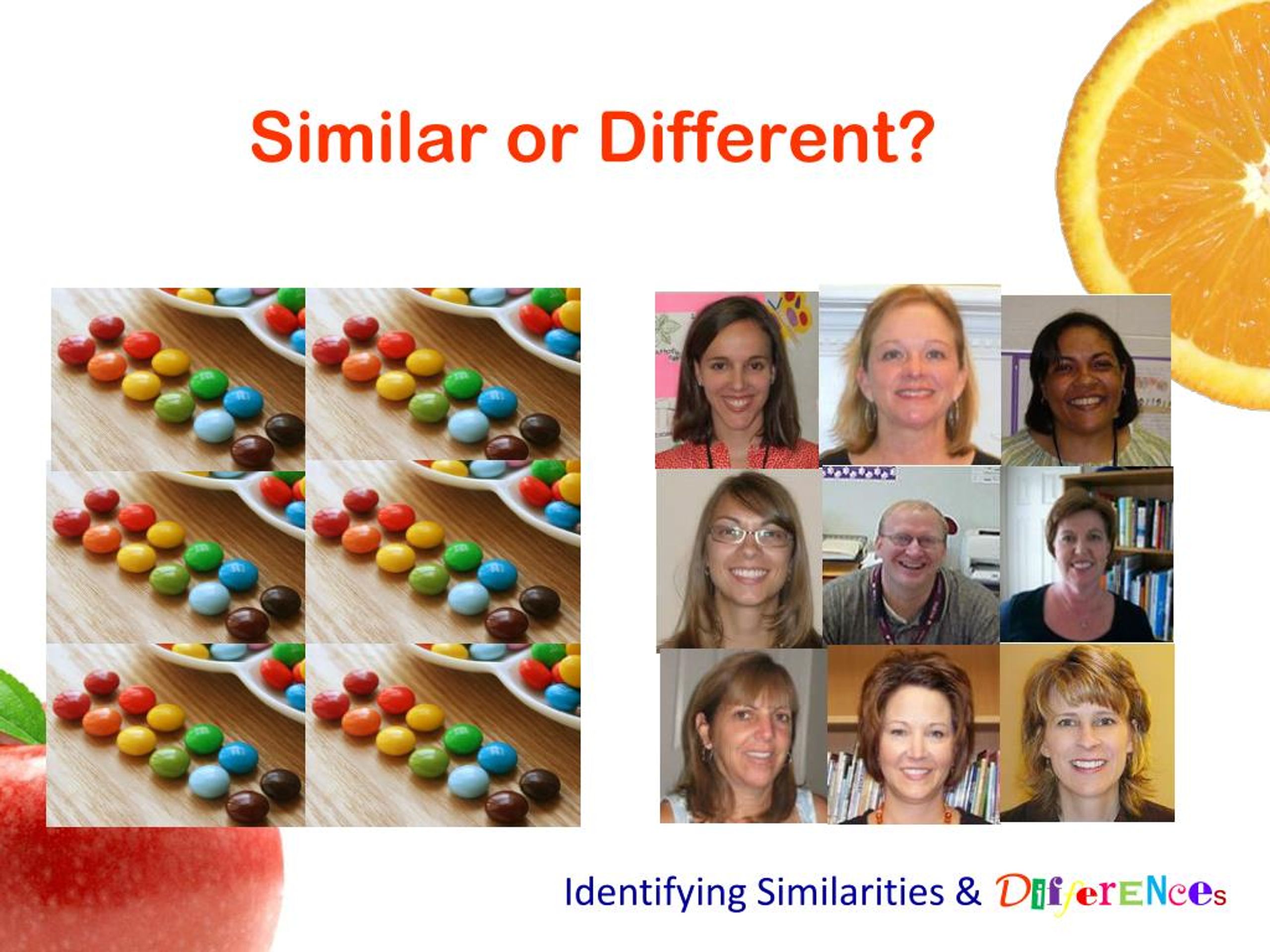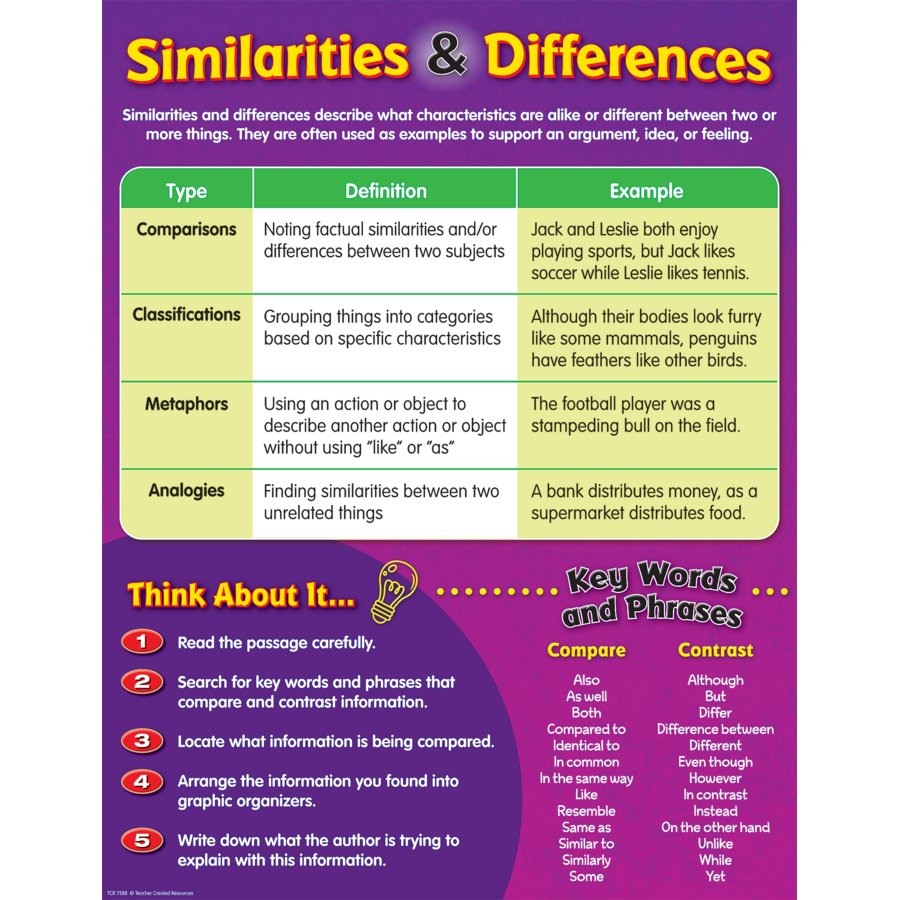What Are The Similarities And is a crucial component of various fields and endeavors, enabling individuals to establish connections and draw comparisons between disparate elements.
Understanding similarities plays a pivotal role in categorizing objects, recognizing patterns, and identifying relationships. For instance, in biology, comparing the similarities between different species helps scientists unravel evolutionary lineages and establish taxonomies.
The ability to identify similarities forms the basis for scientific investigations, technological advancements, and artistic creations. Historically, the concept of similarities dates back to ancient Greek philosophers such as Plato and Aristotle, who explored the idea of commonalities and differences among objects and concepts.
What Are The Similarities And
Understanding the similarities between disparate elements forms the foundation of various fields, enabling deeper exploration and comprehension. Identifying similarities allows for categorization, pattern recognition, and the establishment of relationships.
- Identification
- Comparison
- Categorization
- Pattern recognition
- Relationship building
- Scientific inquiry
- Technological advancement
- Artistic expression
- Historical analysis
Similarities serve as a powerful tool for understanding the world around us, helping us to uncover hidden connections and make sense of complex systems. By identifying and comparing similarities, we gain insights into the nature of reality and our place within it.
Identification
Identification forms the cornerstone of "What Are The Similarities And." It involves recognizing and establishing the unique characteristics of individual elements or concepts. By identifying these characteristics, we can then compare and contrast them to uncover similarities and differences.
For instance, in the field of biology, scientists identify the specific traits and features of different species. This identification process allows them to group and categorize species based on shared characteristics, creating taxonomies that reflect evolutionary relationships.
Identification is a critical component of "What Are The Similarities And" because it provides the foundation for comparison and analysis. Without first identifying the individual elements or concepts, it would be impossible to establish their similarities and differences. Identification enables us to organize and structure our understanding of the world, making it possible to draw meaningful connections and uncover hidden patterns.
Comparison
Comparison is a critical component of "What Are The Similarities And." It involves examining two or more elements or concepts to identify their shared characteristics and differences. By comparing elements, we can determine their relative similarities and establish relationships between them.
Within "What Are The Similarities And," comparison plays a crucial role in understanding the nature and extent of similarities. It allows us to identify commonalities and variations, leading to a deeper understanding of the elements or concepts being compared. For instance, in literary analysis, comparing different literary works can reveal similarities in themes, characters, or writing styles, providing insights into the author's intent and the cultural context of the work.
The practical applications of understanding the connection between "Comparison" and "What Are The Similarities And" are far-reaching. In scientific research, comparison is used to identify patterns and establish relationships between different variables. In business, comparison is used to benchmark performance against competitors and identify areas for improvement. In everyday life, we use comparison to make informed decisions, such as when comparing product reviews or choosing between different options.
Categorization
Within the framework of "What Are The Similarities And," categorization emerges as a fundamental aspect, enabling us to organize and structure our understanding of the world. Through categorization, we group elements or concepts based on shared characteristics, creating a system of classification that reflects their similarities and relationships.
- Identification of Commonalities: Categorization involves identifying the shared characteristics or attributes among elements or concepts. This process allows us to group similar items together, creating categories that reflect their.
- Establishment of Relationships: By categorizing elements, we establish relationships between them, based on their shared characteristics. This helps us understand the structure and organization of complex systems, as well as the connections between different elements.
- Cognitive Organization: Categorization plays a crucial role in cognitive organization. It helps us simplify and make sense of the world around us by grouping similar elements together. This cognitive organization facilitates efficient information processing and decision-making.
- Real-Life Applications: Categorization has numerous real-life applications, such as scientific classification, library organization, and data management. In scientific classification, for example, organisms are categorized based on shared characteristics, creating a hierarchical system that reflects evolutionary relationships.
In conclusion, categorization is an essential component of "What Are The Similarities And," providing a systematic approach to organizing and understanding the world around us. Through the identification of commonalities, establishment of relationships, cognitive organization, and real-life applications, categorization helps us uncover the structure and connections within complex systems.
Pattern recognition
Within the framework of "What Are The Similarities And," pattern recognition emerges as a critical component, enabling us to identify and understand recurring patterns within data or information. By recognizing patterns, we can uncover hidden relationships, make predictions, and gain valuable insights into the underlying structure of complex systems.
The connection between "Pattern recognition" and "What Are The Similarities And" is bidirectional. Pattern recognition relies on identifying similarities among elements or data points, allowing us to group them into meaningful patterns. Conversely, understanding the similarities and differences between patterns helps us refine our recognition process and uncover deeper insights.
Real-life examples of pattern recognition within "What Are The Similarities And" abound. In natural language processing, pattern recognition algorithms are used to identify patterns in text data, such as grammatical structures, semantic relationships, and named entities. In image recognition, pattern recognition systems are used to identify objects, faces, and other visual patterns within images and videos.
The practical applications of understanding the connection between "Pattern recognition" and "What Are The Similarities And" are far-reaching. In data mining, pattern recognition techniques are used to uncover hidden patterns and trends in large datasets, leading to improved decision-making and predictive analytics. In machine learning, pattern recognition algorithms form the foundation of supervised and unsupervised learning methods, enabling computers to learn from data and make predictions.
Relationship building
Within the framework of "What Are The Similarities And," relationship building emerges as a crucial aspect, enabling us to identify, establish, and nurture connections between different elements or concepts. By understanding the similarities and differences between elements, we can build meaningful relationships that enhance our understanding of complex systems and facilitate effective collaboration.
- Identification of Common Ground: Relationship building begins with identifying shared characteristics, values, or interests between elements or concepts. This common ground provides a foundation for establishing connections and building relationships.
- Understanding Differences: While identifying similarities is important, it is equally crucial to acknowledge and understand the differences between elements or concepts. This understanding helps us appreciate diversity and build relationships that are inclusive and respectful of individual characteristics.
- Establishing Connections: Once common ground is identified and differences are understood, we can begin to establish connections between elements or concepts. These connections can be formal or informal, and they can range from simple associations to complex collaborations.
- Nurturing Relationships: Building relationships is not a one-time event; it requires ongoing nurturing and maintenance. This involves actively engaging with others, fostering communication, resolving conflicts, and celebrating successes.
The ability to build relationships based on similarities is essential for effective collaboration, teamwork, and social harmony. By understanding the connections between different elements or concepts, we can bridge gaps, foster mutual understanding, and create a more cohesive and inclusive environment.
Scientific inquiry
Within the realm of "What Are The Similarities And," scientific inquiry stands as a cornerstone, providing a systematic and rigorous approach to investigating and understanding the world around us. Through scientific inquiry, we seek to uncover hidden patterns, establish relationships, and expand our knowledge of the universe.
- Hypothesis generation: Scientific inquiry begins with formulating hypotheses, which are testable explanations for observed phenomena. These hypotheses are based on prior knowledge, observations, and logical reasoning.
- Experimental design: To test hypotheses, scientists design experiments that control variables and allow for the collection of valid data. Experimental design ensures that the results obtained are reliable and reproducible.
- Data analysis: Once data is collected, it is analyzed using statistical methods to identify patterns, trends, and relationships. Data analysis helps scientists determine whether their hypotheses are supported or refuted.
- Theory development: Based on the results of scientific inquiry, scientists may develop theories that explain the underlying mechanisms of observed phenomena. Theories are supported by a body of evidence and provide a framework for understanding the world.
The process of scientific inquiry is iterative, with new findings leading to the refinement of hypotheses and the development of more comprehensive theories. Through this ongoing process, we deepen our understanding of the similarities and differences between elements and concepts, expanding our knowledge and shaping our perception of the world.
Technological advancement
Technological advancement plays a critical role in advancing our understanding of "What Are The Similarities And." It provides us with powerful tools and techniques to identify, compare, and analyze elements or concepts, leading to deeper insights and more accurate conclusions.
One of the most significant ways technological advancement contributes to "What Are The Similarities And" is through data analysis and visualization. Advanced computational methods allow us to process and analyze vast amounts of data, uncovering patterns and relationships that may not be apparent through manual examination. Visualization tools, such as interactive charts and graphs, help us represent complex data in a visually intuitive way, making it easier to identify similarities and differences.
Real-life examples of technological advancement within "What Are The Similarities And" abound. In the field of biology, bioinformatics tools enable researchers to compare genetic sequences, identify similarities and differences, and construct evolutionary trees. In the field of linguistics, natural language processing techniques allow us to analyze large text corpora, identify linguistic patterns, and explore similarities and differences between languages.
The practical applications of understanding the connection between "Technological advancement" and "What Are The Similarities And" are far-reaching. In healthcare, advanced analytics help identify similarities and differences in patient data, leading to more personalized and effective treatments. In finance, algorithmic trading systems use pattern recognition techniques to identify trading opportunities and make informed decisions. In education, adaptive learning platforms leverage data analysis to identify similarities and differences in student learning styles, personalizing the learning experience and improving outcomes.
Artistic expression
Within the realm of "What Are The Similarities And," artistic expression emerges as a powerful tool for exploring and conveying similarities and differences. Through various artistic mediums, such as painting, music, literature, and dance, artists find unique ways to represent and communicate their perceptions of the world, inviting viewers, listeners, and readers to engage with similarities and differences from diverse perspectives.
- Visual Similarities: In visual arts, artists use elements like color, shape, and composition to create visual similarities and differences that evoke emotions, convey messages, and invite contemplation.
- Musical Harmonies: Music provides a rich medium for exploring similarities and differences through harmonies, melodies, and rhythms. Composers juxtapose and blend musical elements to create emotional responses and convey complex ideas.
- Literary Parallels: Literature offers a powerful platform for examining similarities and differences through characters, themes, and narrative structures. Authors use literary devices to create parallels, contrasts, and ironies, inviting readers to engage with the human experience from multiple angles.
- Choreographic Patterns: Dance provides a unique medium for expressing similarities and differences through movement and rhythm. Choreographers create patterns, sequences, and formations that convey emotions, tell stories, and explore the human body's potential for expression.
Artistic expression not only reflects similarities and differences but also shapes our understanding and appreciation of them. By engaging with art, we develop empathy, tolerance, and a deeper appreciation for the diverse perspectives and experiences that make up the human condition.
Historical analysis
Within the framework of "What Are The Similarities And," historical analysis emerges as a crucial tool for understanding the evolution and significance of similarities and differences over time. By examining historical events, documents, and artifacts, we can trace the development of concepts, institutions, and social structures, shedding light on the origins and transformations of similarities and differences.
- Contextualization: Historical analysis places similarities and differences within their historical context, providing insights into the factors that shaped their emergence and evolution.
- Identification of Patterns: By examining historical data, historians can identify patterns and trends in the development of similarities and differences, revealing underlying causes and consequences.
- Comparative Analysis: Historical analysis allows for comparative studies of similarities and differences across different time periods and cultures, leading to a deeper understanding of their variations and continuities.
- Impact on Present: Historical analysis helps us understand the impact of past similarities and differences on the present, enabling us to draw parallels and lessons from history.
Through these facets, historical analysis provides a comprehensive lens for examining "What Are The Similarities And," enriching our understanding of the evolution and significance of similarities and differences in shaping human societies and experiences.
Through our exploration of "What Are The Similarities And," we have gained valuable insights into the multifaceted nature of similarities and differences, their role in shaping our understanding of the world, and their impact on various fields of inquiry.
Key takeaways include the significance of identification and comparison in establishing similarities, the role of categorization and pattern recognition in organizing and understanding complex information, and the power of relationship building in fostering collaboration and harmony. Furthermore, scientific inquiry, technological advancement, and artistic expression provide powerful tools for uncovering, analyzing, and representing similarities and differences, enriching our comprehension of the world around us.



Detail Author:
- Name : Delphine Davis
- Username : iadams
- Email : schumm.baron@hotmail.com
- Birthdate : 2002-08-15
- Address : 3720 Hailie Flat Branditown, OR 61680
- Phone : 505.989.0309
- Company : Kessler-Auer
- Job : Environmental Scientist
- Bio : Ipsum quo pariatur odio. Dolorem culpa iusto et est sed similique adipisci in. Quam veritatis modi illum facere aut ducimus recusandae.
Socials
twitter:
- url : https://twitter.com/ruthe.abshire
- username : ruthe.abshire
- bio : Illum animi libero ut ullam odio omnis aut. Ea adipisci dolor quae maiores nihil consequatur. Quia qui reprehenderit aliquam et iste vel et suscipit.
- followers : 3388
- following : 345
linkedin:
- url : https://linkedin.com/in/ruthe141
- username : ruthe141
- bio : Facere tempore adipisci ex ipsa est ab.
- followers : 3450
- following : 2434
tiktok:
- url : https://tiktok.com/@abshirer
- username : abshirer
- bio : Ratione rerum dolorum et dolore. Blanditiis sunt perferendis qui.
- followers : 6048
- following : 2287
instagram:
- url : https://instagram.com/rutheabshire
- username : rutheabshire
- bio : Saepe vitae nostrum ut in delectus. Maxime nam esse incidunt.
- followers : 1844
- following : 921